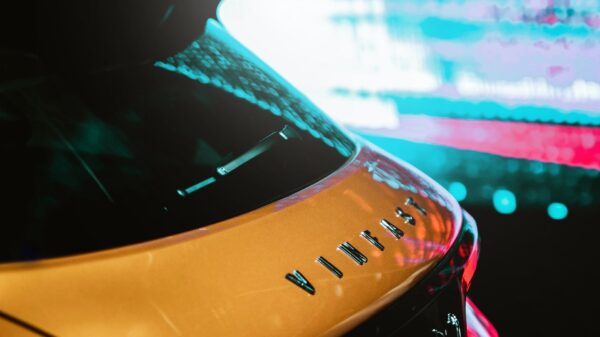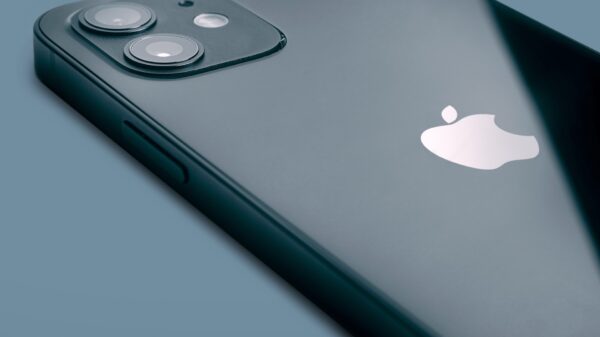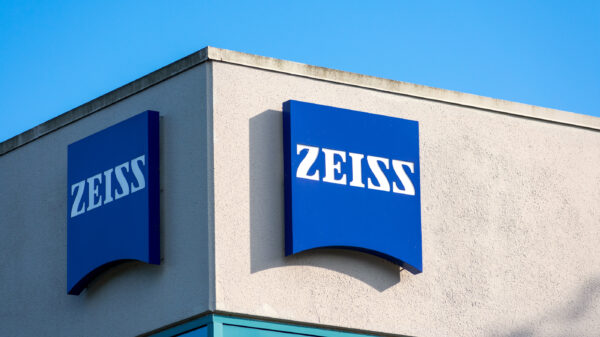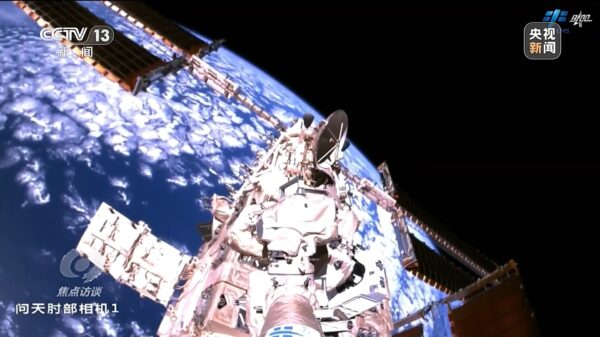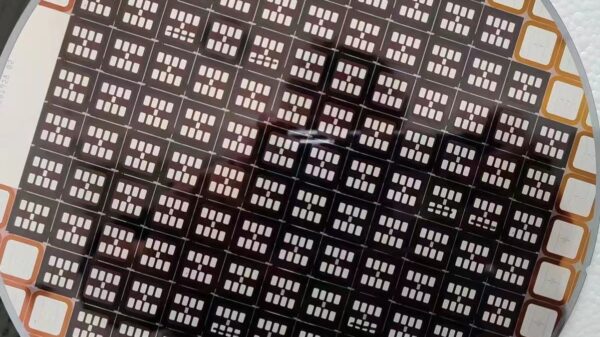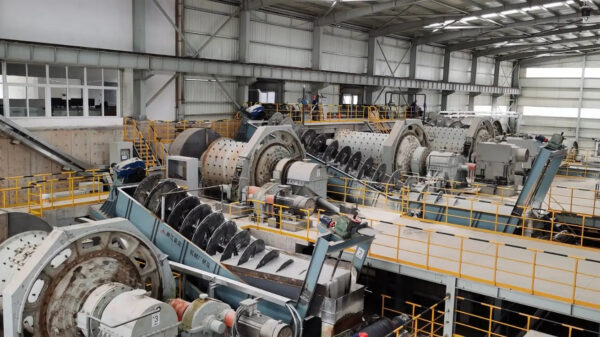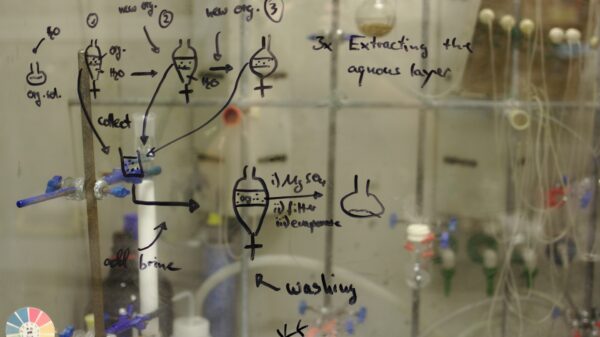On 7 March, the Japan Aerospace Exploration Agency (JAXA) experienced a setback with the unsuccessful launch of the H3 rocket test vehicle No. 1. The second stage engine failed to ignite, preventing the mission from reaching the designated orbit.
During an interview, JAXA addressed the possibility of redeveloping DAICHI-3, an advanced optical satellite, which was installed on the H3 rocket. Designed as a successor to the Advanced Land Observing Satellite DAICHI, the new satellite's high-performance sensors would satisfy the growing demand for Earth observation data.
JAXA President, Hiroshi Yamakawa, expressed concern over the failed attempt, stating that. . .



